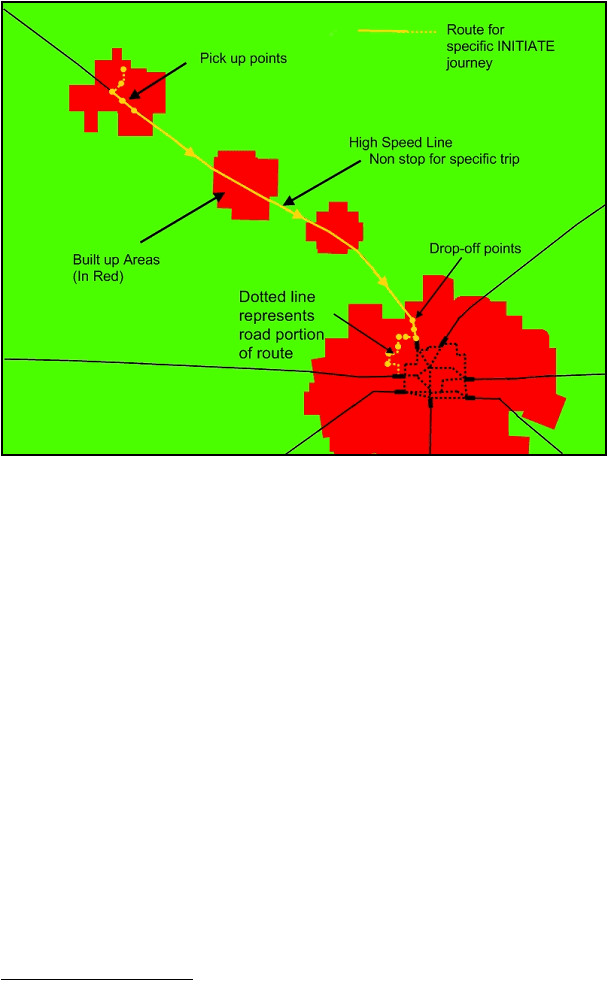
Figure 30 Combined COAST-INITIATE type journey
Passengers are picked up at strategic locations in a town by an INITIATE equipped bus. The bus enters the
INITIATE track network, where it travels unobstructed at high speed into a metropolitan area. It then leaves
the INITIATE network onto the city roads where it drops passengers of at strategically optimised points nearest
their desired destination.
6.2.2
Environmental benefits of INITIATE
Most present ICE powered vehicles could be quickly adapted to use INITIATE without manufacturers and
operators being committed to the use of electric vehicles. An analysis of the environmental advantages of a
straight transition to INITIATE without electrification is illustrated in figure 31.
62
Relative CO2 emissions
(which is proportional to energy use in this case since Diesel fuel is used throughout) is calculated as a function
of the % of freight presently transported by rail and the % of road freight converted to multiple trailers. This
allows the benefits of INITIATE across countries with varying degrees of rail infrastructure to be calculated.
Overall, swapping to INITIATE requires a similar amount of fuel and CO2 emissions as present road and rail
freight operations, even without electrification. However, when the % of freight transported by rail is low (such
as in the UK) and the % of road freight moved to multiple trailers is high INITIATE has a slight advantage.
This is because the increased rolling resistance due the transition from steel to pneumatic tyres is more than
offset by the use of multiple trailers or carriages on the INITIATE network which is far more fuel efficient than
transporting them individually.
62

